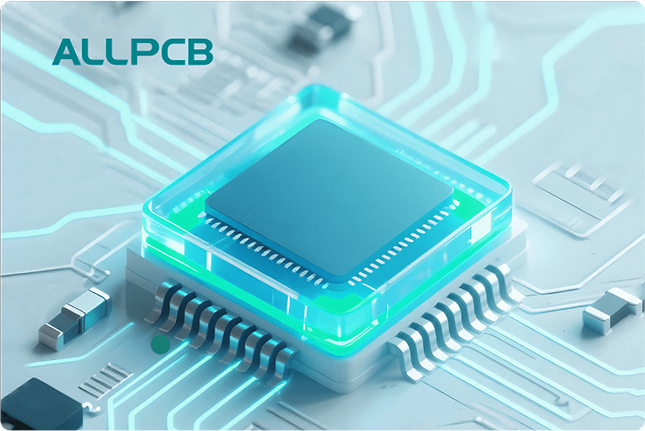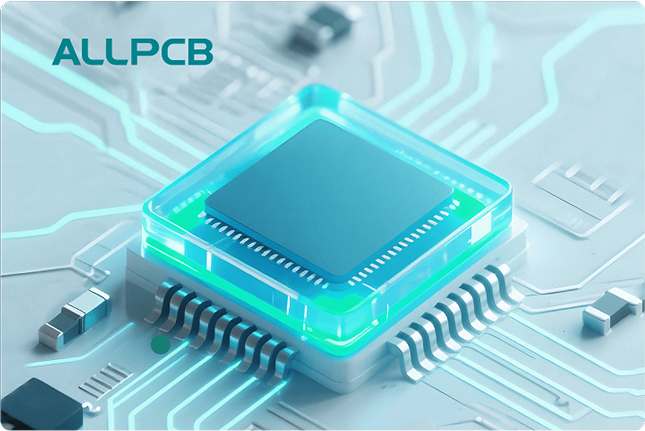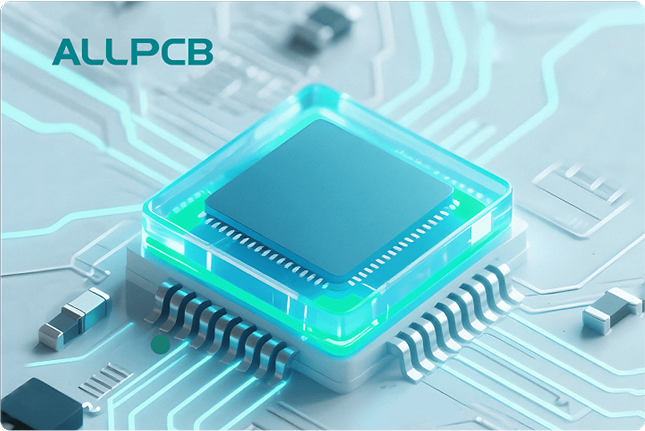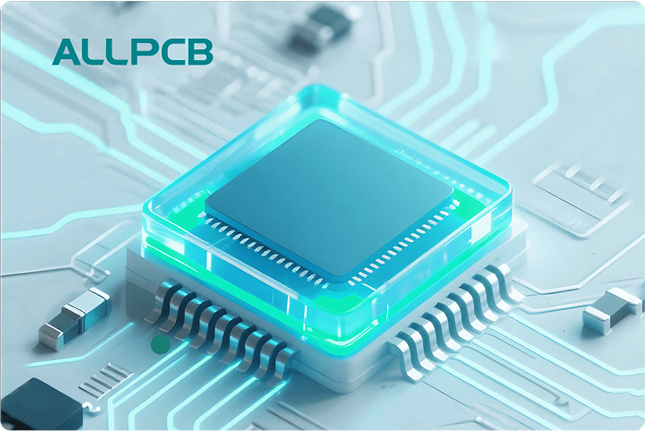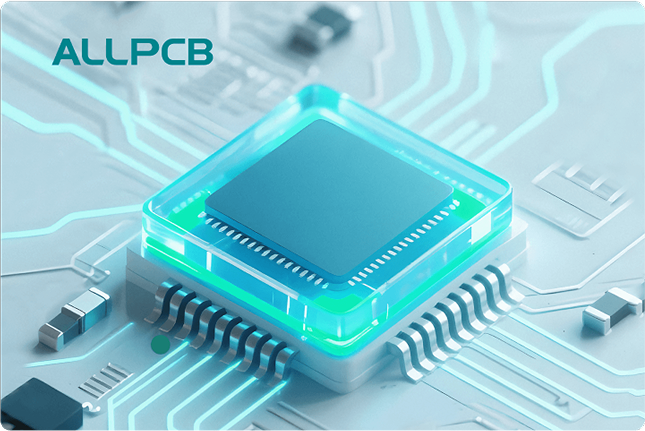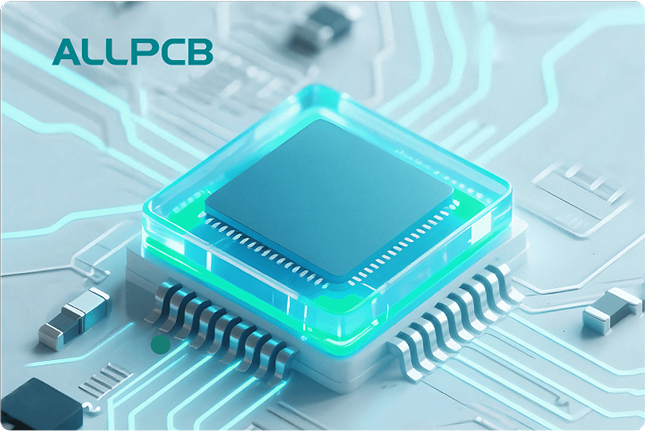In the fast-paced world of electronics manufacturing, efficiency is key. Automated PCB loading and unloading systems are revolutionizing SMT (Surface Mount Technology) production by reducing manual labor, minimizing errors, and boosting throughput. Whether you're looking to optimize your SMT line automation or integrate automatic PCB loaders and unloaders, this guide will walk you through the benefits, types, and implementation of these systems, including PCB magazine loaders and robotic PCB handling systems. Let’s dive into how automation can transform your production process.
What Is Automated PCB Loading and Unloading?
Automated PCB loading and unloading refer to the use of specialized equipment to handle printed circuit boards (PCBs) during the SMT production process. These systems automatically feed PCBs into the production line (loading) and remove them after assembly (unloading), often using magazines or robotic mechanisms. By incorporating SMT line automation, manufacturers can achieve seamless workflows, reduce downtime, and improve overall productivity.
This technology is essential for high-volume production environments where precision and speed are critical. With automatic PCB loaders and unloaders, the risk of human error—like mishandling or misalignment—is significantly reduced, ensuring consistent quality.
Why Automate PCB Handling in SMT Production?
The shift to automation in SMT production isn’t just a trend; it’s a necessity for staying competitive. Here are the core reasons why automated PCB loading and unloading are game-changers:
- Increased Efficiency: Manual handling of PCBs can slow down production. Automated systems can process hundreds of boards per hour, with some high-end automatic PCB loaders handling up to 500 boards in a single cycle, depending on magazine capacity.
- Reduced Labor Costs: By minimizing the need for manual intervention, companies save on labor expenses while reallocating staff to more complex tasks.
- Improved Quality: Automation ensures precise placement and alignment of PCBs, reducing defects caused by human error, such as scratches or improper stacking.
- Enhanced Safety: Handling delicate PCBs manually can lead to damage or injury. Robotic PCB handling systems eliminate these risks by taking over repetitive tasks.
- Scalability: As production demands grow, automated systems can be adjusted or expanded to handle higher volumes without sacrificing speed or accuracy.

Types of Automated PCB Handling Systems
Understanding the different types of equipment available for SMT line automation is crucial for selecting the right solution. Below are the primary systems used for PCB loading and unloading:
1. Automatic PCB Loaders
Automatic PCB loaders are designed to feed PCBs into the SMT line from a magazine or stack. They use mechanical or pneumatic systems to push boards onto a conveyor, ensuring a steady flow into the production process. These systems are adjustable to accommodate various board sizes, typically ranging from 50mm x 50mm to 530mm x 460mm, depending on the model.
Key features include programmable logic control (PLC) for precise operation and user-friendly interfaces for setting speed and push strength. This makes them ideal for high-speed production environments.
2. Automatic PCB Unloaders
At the end of the SMT line, automatic PCB unloaders collect assembled boards and store them in magazines or stacks for further processing or packaging. These systems prevent bottlenecks by ensuring a smooth exit of PCBs from the line. Like loaders, they are adaptable to different board dimensions and can handle fragile assemblies without causing damage.
Some unloaders are equipped with sensors to detect board presence and prevent overfilling, maintaining a seamless workflow.
3. PCB Magazine Loaders
PCB magazine loaders are a specific type of loader that uses magazines—stackable containers holding multiple PCBs—to supply boards to the SMT line. These systems are highly efficient for batch processing, as they can store up to 50 boards per magazine, depending on thickness. They are often integrated with automatic PCB loaders to provide a continuous supply without manual reloading.
Magazine loaders are particularly useful in high-mix, low-volume production, where frequent changeovers are needed.
4. Robotic PCB Handling Systems
For the ultimate in precision and flexibility, robotic PCB handling systems use articulated robotic arms to load, unload, and transfer PCBs between different stages of production. These systems are ideal for complex assemblies or when PCBs need to be moved between lines at different heights or orientations.
Robotic systems can be programmed for specific tasks, such as flipping boards or placing them into custom fixtures, and often integrate with Industry 4.0 solutions for real-time monitoring and data collection. While they require a higher initial investment, their versatility can yield a return on investment (ROI) in as little as 12–18 months for large-scale operations.
 "
"
How Automated Systems Enhance SMT Line Automation
SMT line automation is all about creating a cohesive, efficient production process. Automated PCB loading and unloading systems play a central role by connecting various stages—solder paste printing, component placement, reflow soldering, and inspection—without interruptions. Here’s how they contribute:
- Seamless Integration: Modern loaders and unloaders are designed to interface with other SMT equipment, such as conveyors and inspection machines, ensuring a smooth flow of PCBs through the line.
- Minimized Downtime: With magazine capacities ranging from 20 to 50 boards, automated systems reduce the need for frequent manual intervention, keeping the line running longer.
- Data-Driven Optimization: Many systems come with software for tracking throughput and detecting errors, allowing manufacturers to identify and resolve bottlenecks quickly.
- Flexibility for High-Mix Production: Adjustable settings and quick changeover capabilities make these systems suitable for producing diverse PCB designs without significant delays.
For example, in a typical SMT line producing consumer electronics, an automatic PCB loader might feed 300 boards per hour into a pick-and-place machine, while an unloader at the end collects them at the same rate, ensuring no buildup or delays. This synchronized operation is the backbone of efficient SMT production.
Key Benefits of Implementing Automated PCB Handling
Investing in automatic PCB loaders, unloaders, and robotic systems offers tangible benefits that directly impact your bottom line. Let’s break them down:
1. Higher Throughput
Automation can increase production rates by 30–50% compared to manual handling, depending on the complexity of the assembly. For instance, a mid-range PCB magazine loader can process up to 10 boards per minute, translating to significant output over a single shift.
2. Consistency and Precision
Automated systems ensure that each PCB is handled with the same level of care, maintaining alignment tolerances as tight as 0.1mm. This precision is critical for high-density boards where even slight misplacement can lead to soldering defects.
3. Cost Savings Over Time
While the upfront cost of automated systems can range from $10,000 to $50,000 depending on features and capacity, the reduction in labor costs and defect rates often offsets this within 1–2 years. For high-volume manufacturers, the savings are even more pronounced.
4. Adaptability to Future Needs
As PCB designs evolve and production demands increase, automated systems can often be upgraded or reconfigured without needing a complete overhaul. This future-proofing is a major advantage over manual processes.

Challenges and Considerations in Adopting Automation
While the benefits are clear, transitioning to automated PCB handling isn’t without challenges. Being aware of these can help you plan effectively:
- Initial Investment: High-quality automatic PCB loaders and robotic systems require significant capital. However, financing options or phased implementation can ease the burden.
- Training Requirements: Staff need to be trained on operating and maintaining these systems. Many manufacturers offer on-site training or online resources to support this.
- Space Constraints: Automated equipment may require more floor space than manual setups. Compact designs and vertical magazine storage can help mitigate this issue.
- Compatibility: Ensure that new systems integrate with your existing SMT line equipment. Working with suppliers to test compatibility before purchase is a smart step.
How to Choose the Right Automated PCB Handling System
Selecting the best system for your SMT production line depends on several factors. Here’s a step-by-step guide to making an informed decision:
- Assess Your Production Volume: High-volume lines benefit from fully robotic PCB handling systems, while smaller operations might start with basic automatic PCB loaders and unloaders.
- Consider Board Specifications: Ensure the system supports the size, thickness (typically 0.6mm to 4.5mm), and weight of your PCBs.
- Evaluate Speed Requirements: Match the system’s throughput to your line’s speed. For instance, if your pick-and-place machine operates at 20,000 components per hour, your loader should keep pace.
- Check for Customization Options: Look for systems that can be programmed or adjusted for different production needs, especially if you handle a variety of PCB designs.
- Review Support and Maintenance: Opt for equipment with accessible technical support and readily available spare parts to minimize downtime.
Future Trends in SMT Line Automation
The field of SMT line automation is evolving rapidly, driven by advancements in technology. Here are some trends to watch:
- Industry 4.0 Integration: Automated PCB handling systems are increasingly connected to smart factory networks, allowing real-time data analysis and remote monitoring.
- AI and Machine Learning: Future systems may use AI to predict maintenance needs or optimize loading sequences, further reducing downtime.
- Compact and Modular Designs: As factory space becomes a premium, manufacturers are developing smaller, modular systems that can be easily reconfigured.
- Sustainability Focus: Energy-efficient designs and recyclable materials are becoming priorities, aligning with global sustainability goals.
Conclusion: Transform Your SMT Production with Automation
Automated PCB loading and unloading systems are no longer optional for manufacturers aiming to stay ahead in the electronics industry. By integrating automatic PCB loaders, unloaders, PCB magazine loaders, and robotic PCB handling systems, you can achieve unparalleled efficiency, quality, and scalability in your SMT production line. The upfront investment is quickly offset by long-term savings and improved output, making SMT line automation a strategic move for any forward-thinking manufacturer.
At ALLPCB, we’re committed to helping you streamline your production process with cutting-edge solutions and expert guidance. Whether you’re just starting to explore automation or looking to upgrade your existing line, the right automated handling system can make all the difference. Take the first step toward transforming your SMT production today.
 ALLPCB
ALLPCB


